The Khania Archeological Museum is located several blocks from the harbor and is deceptively large. The exhibits are arranged around a large central room with a wonderfully high arched ceiling. The more delicate items on display may be photographed in their well lit cases and the statues and mosaics are positioned for close examination.
The museum staff is friendly and helpful ... the small courtyard at the side of the museum is a pleasant place to sit or stroll. Don't miss a chance to visit the Khania Archeological Museum.
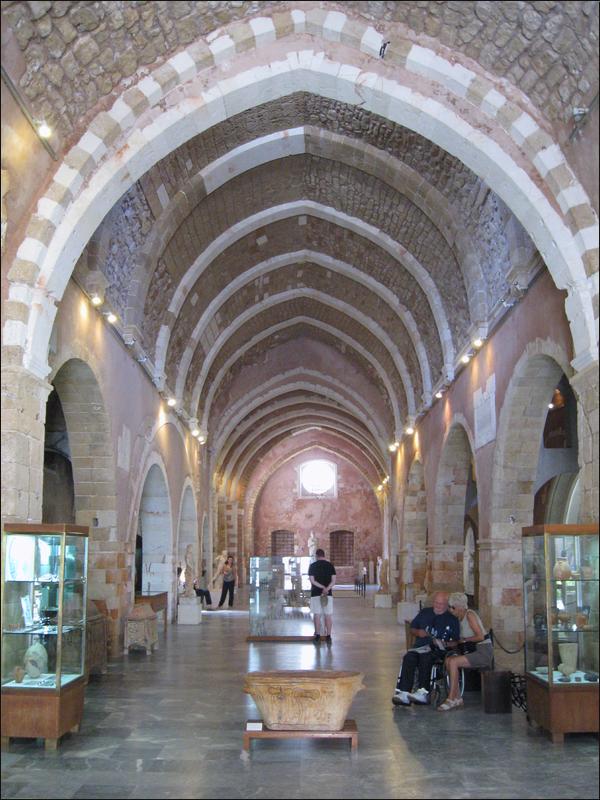
The grand entrance to the museum.
The images provided here are original and copyrighted. You may use these images on your website if they are accompanied by a link to mythagora.com and an unambiguous declaration that the images are copyrighted by M.W. Stewart. All other use of these images is strictly forbidden without written permission.
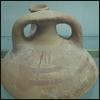 |
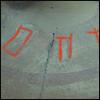 |
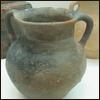 |
 |
 |
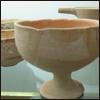 |
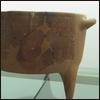 |
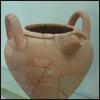 |
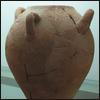 |
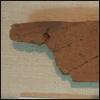 |
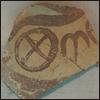 |
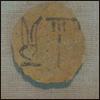 |
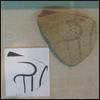 |
 |
 |
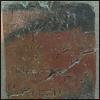 |
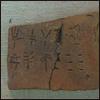 |
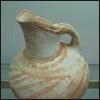 |
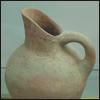 |
 |
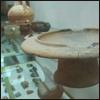 |
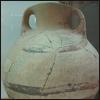 |
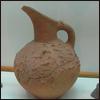 |
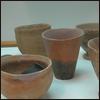 |
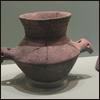 |
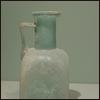 |
 |
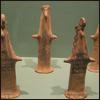 |
 |
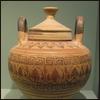 |
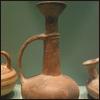 |
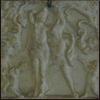 |
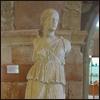 |
 |
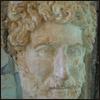 |
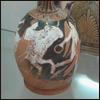 |
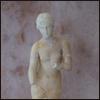 |
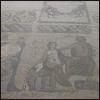 |
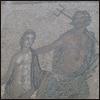 |
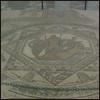 |
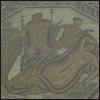 |
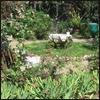 |

The upper portion of a Late Minoan stirrup jar with Linear B symbols, circa 1300-1200 BCE.
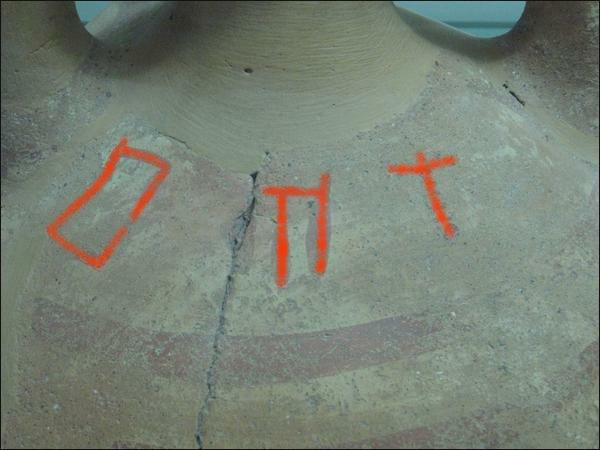
Close-up of the above stirrup jar with the Linear B symbols highlighted.
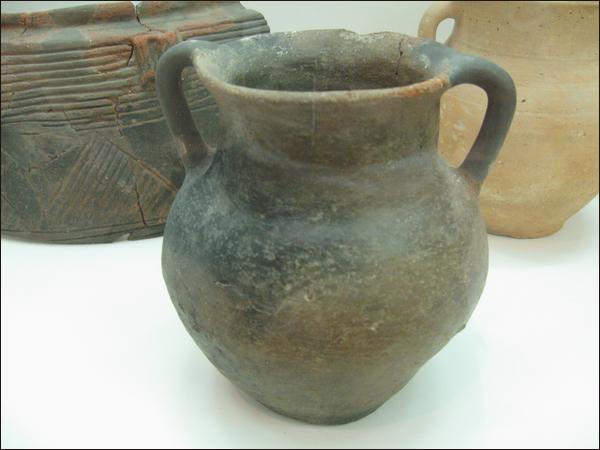
A Neolithic artifact from the Early Bronze Age, circa 3200-2800 BCE.

A Neolithic artifact from the Early Bronze Age, circa 3200-2800 BCE.
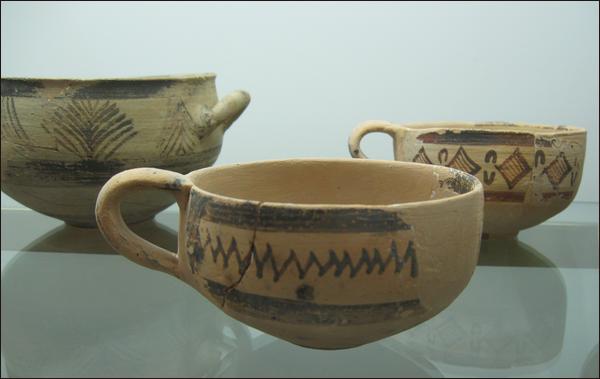
Neolithic artifacts from the Early Bronze Age, circa 3200-2800 BCE.

Neolithic artifacts from the Early Bronze Age, circa 3200-2800 BCE.
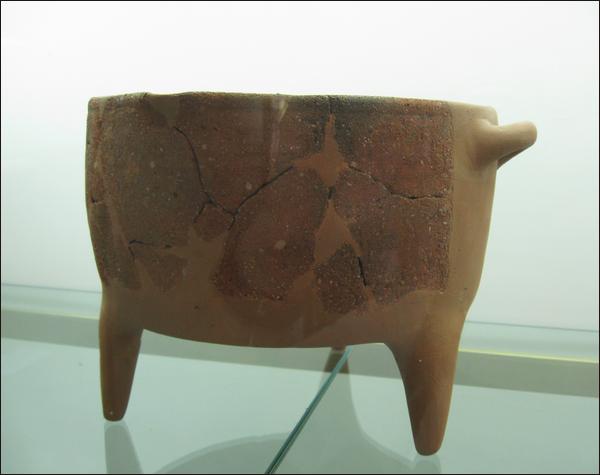
A Neolithic artifact from the Early Bronze Age, circa 3200-2800 BCE.
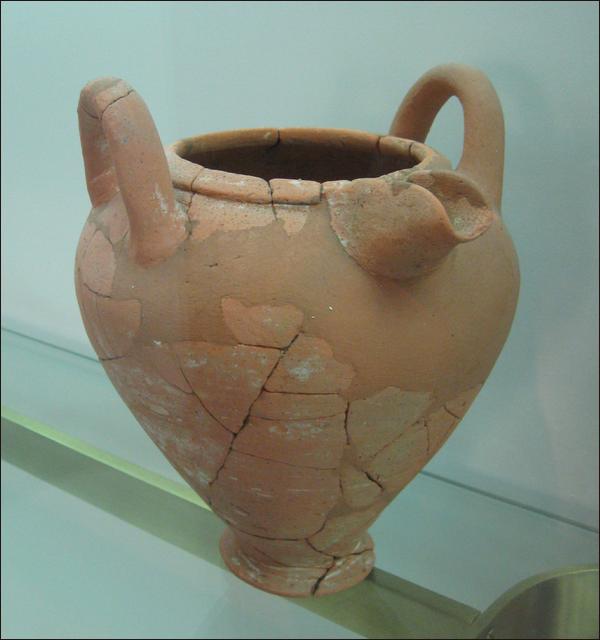
A Neolithic artifact from the Early Bronze Age, circa 3200-2800 BCE.
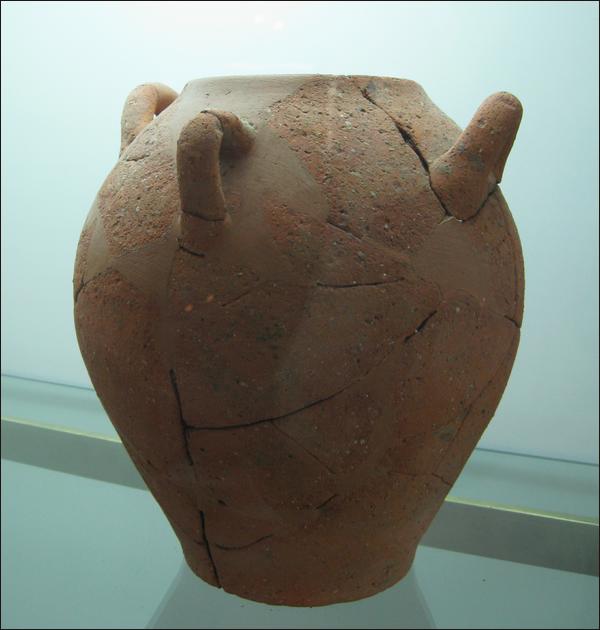
A Neolithic artifact from the Early Bronze Age, circa 3200-2800 BCE.
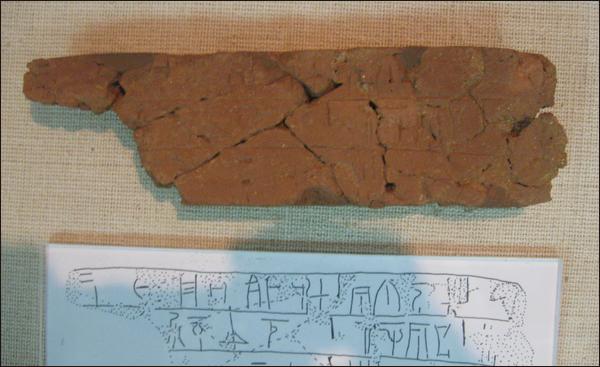
Linear B script from the Knossos School, circa 1300 BCE. The inscription records the names of weavers and two cities: Wato and Punaso.
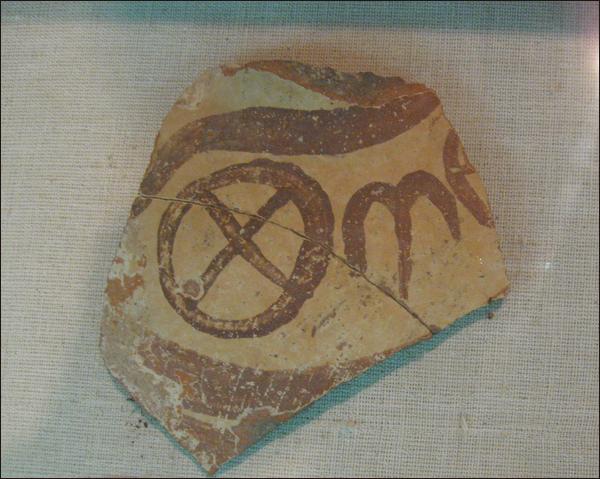
A Linear B inscription from Khania, circa 1200 BCE.
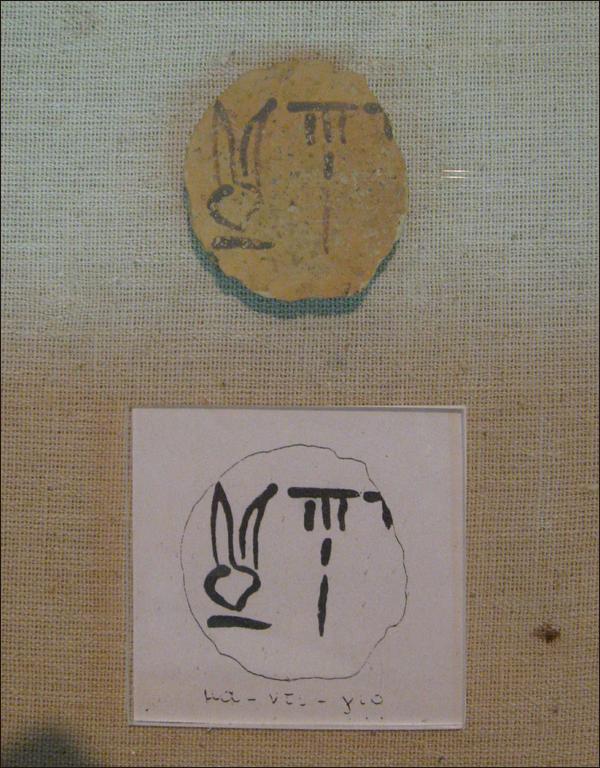
A Linear B inscription from Khania, circa 1200 BCE.

A Linear B inscription from Khania, circa 1200 BCE.
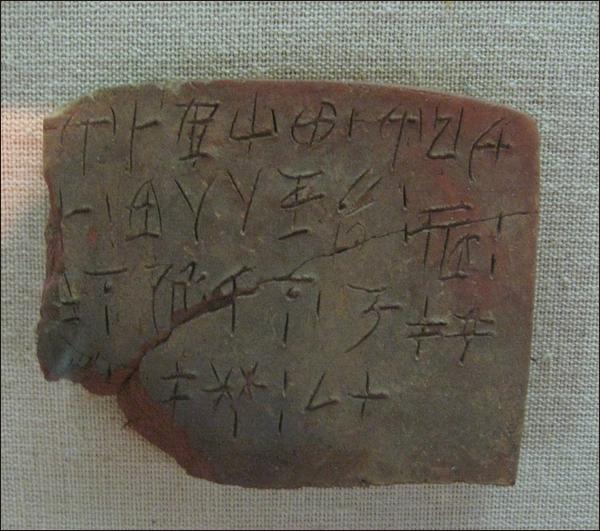
A Linear B inscription from Khania, circa 1200 BCE.
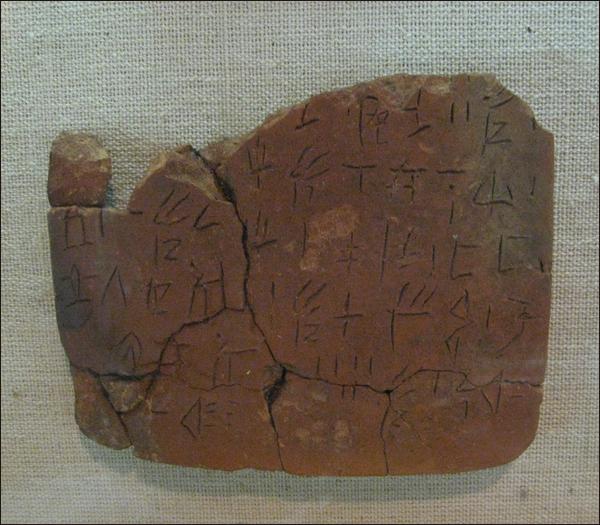
A Linear B inscription from Khania, circa 1200 BCE.
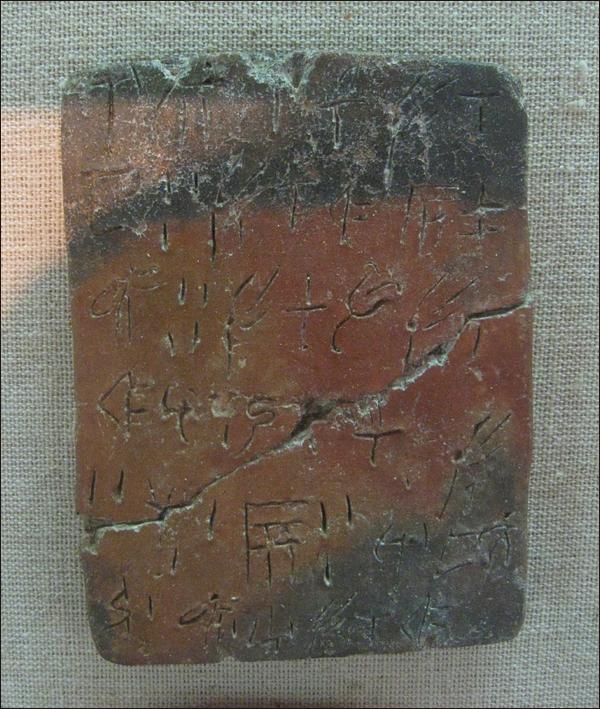
A Linear B inscription from Khania, circa 1200 BCE.
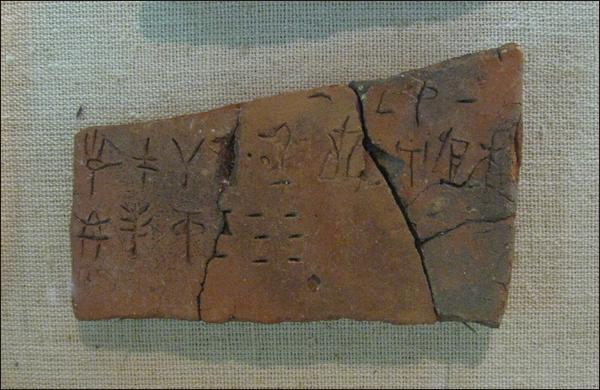
A Linear B inscription from Khania, circa 1200 BCE.
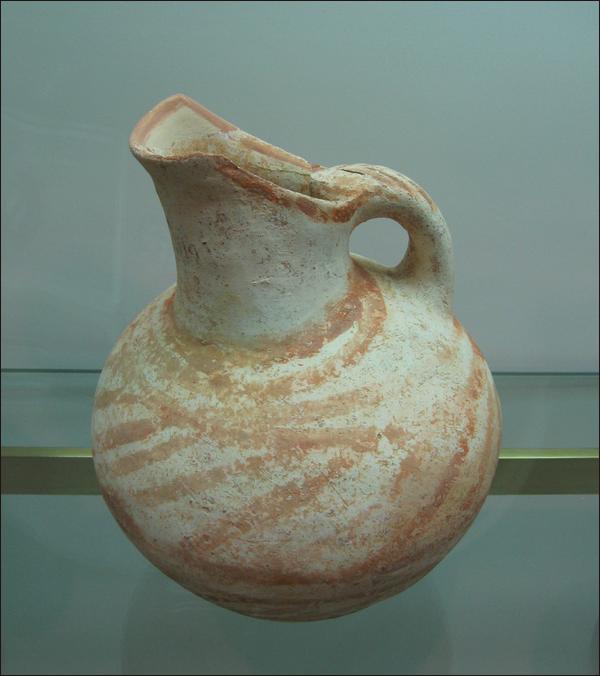
A household item which dates from circa 2800-1580 BCE.
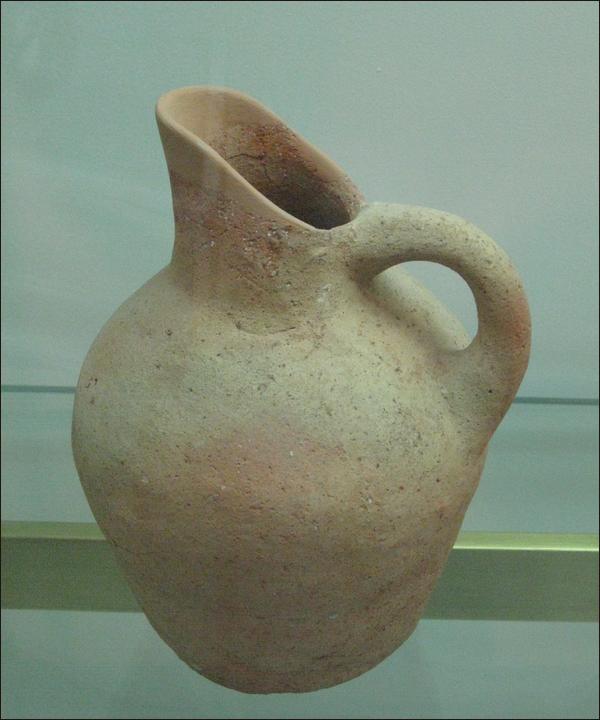
A household item which dates from circa 2800-1580 BCE.
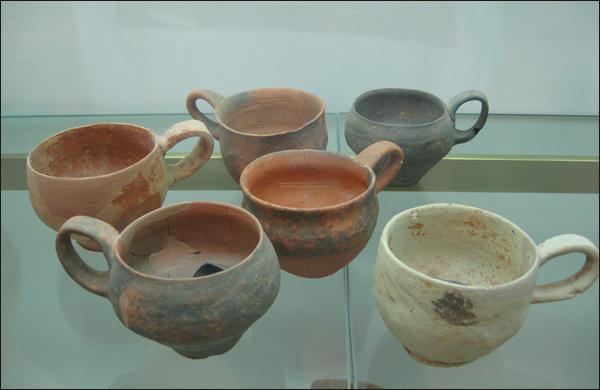
Household items which date from circa 2800-1580 BCE.
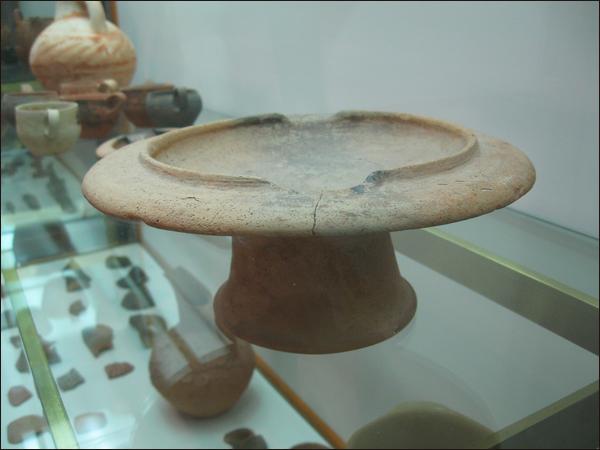
Household items which date from circa 2800-1580 BCE.
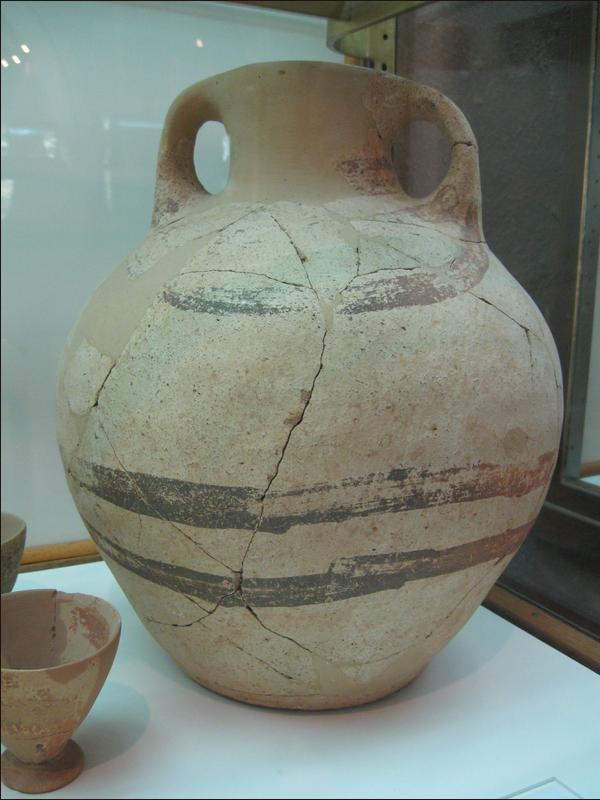
Household items which date from circa 2800-1580 BCE.
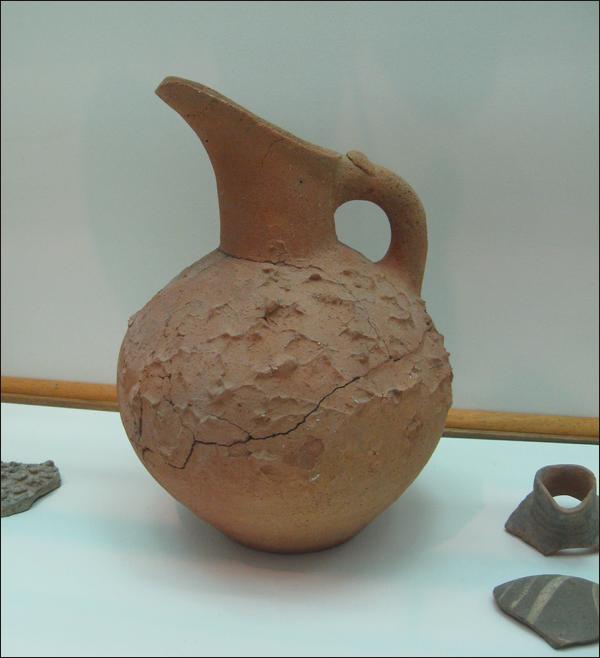
Household items which date from circa 2800-1580 BCE.
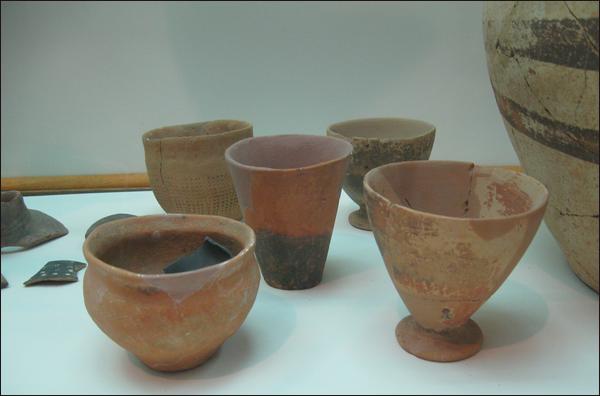
Household items which date from circa 2800-1580 BCE.
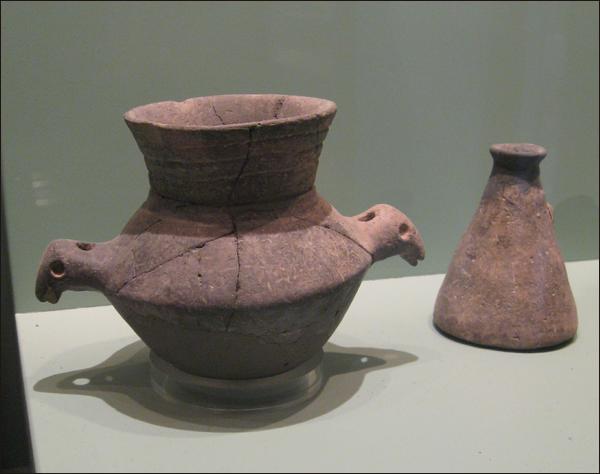
A small amphora with handles shaped like animal heads.
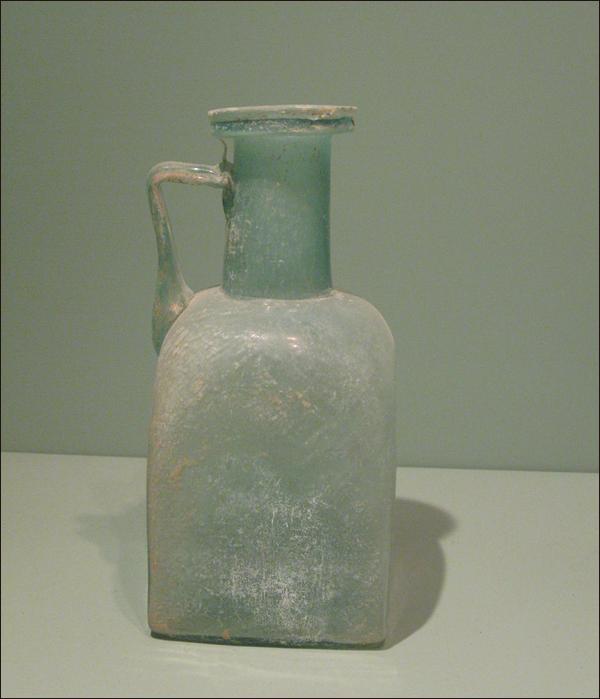
A glass bottle of the free-blown technique. Made sometime between the first century BCE to the fifth century CE.
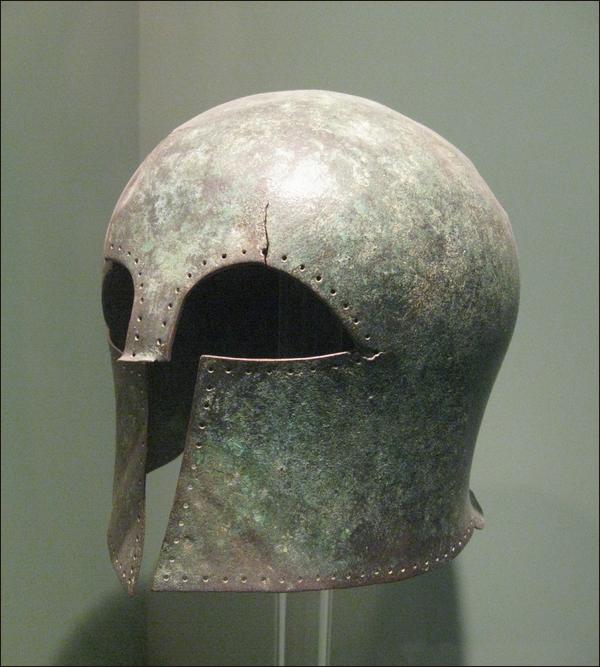
A bronze Corinthian helmet from the seventh century BCE.
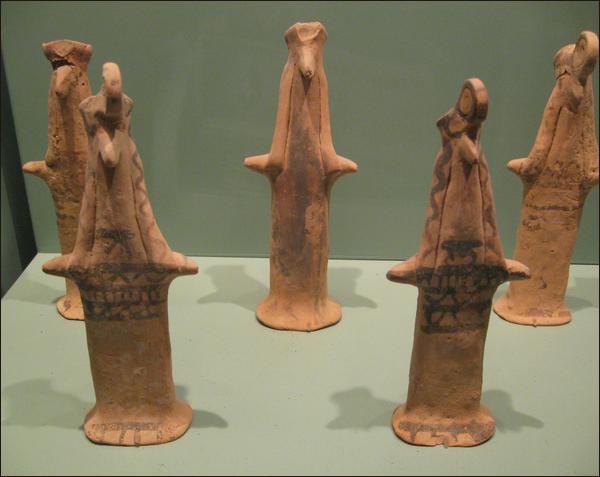
Molded bird-faced women from circa 600-575 BCE.
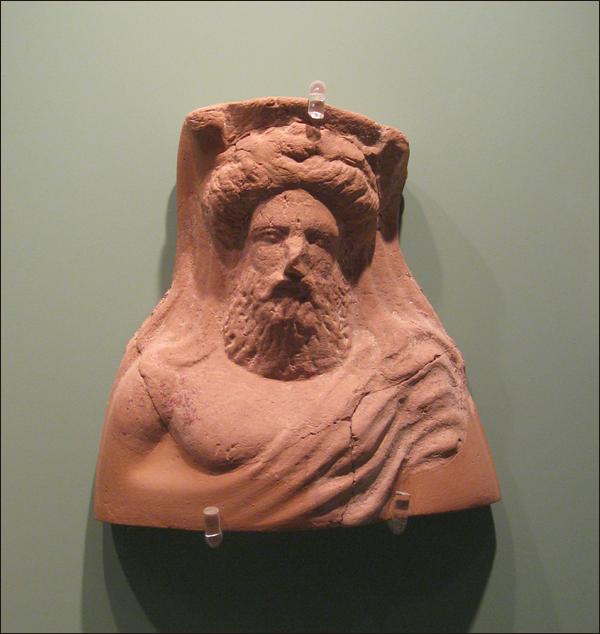
A bust of Dionysos, circa 400-350 BCE.
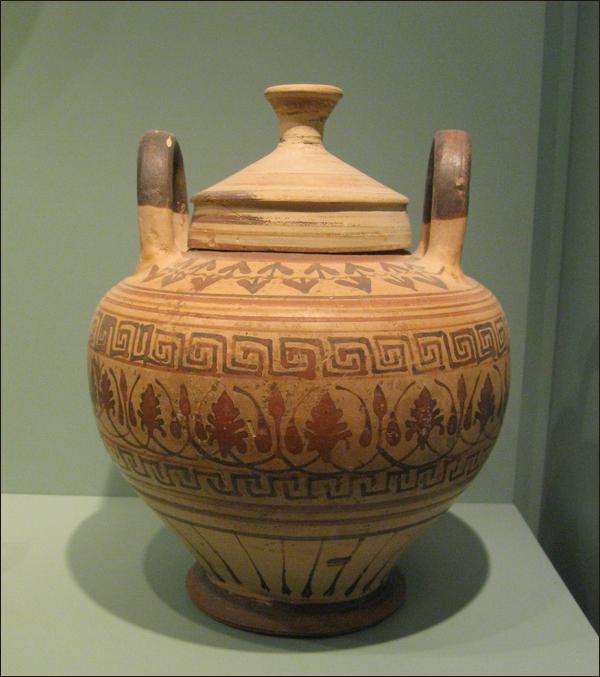
A pyxis (cosmetic jar) ... a common offering in women's tombs.
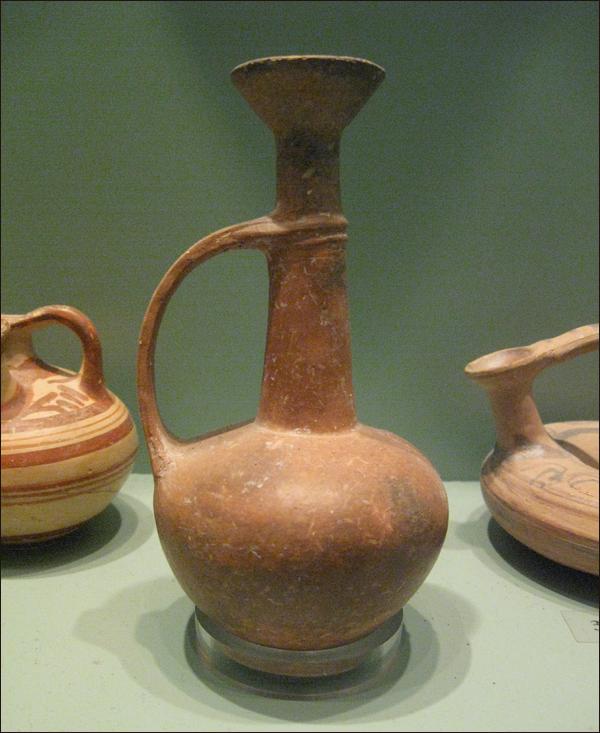
A Cypriot lekythos (perfume bottle) circa 1600-1400 BCE.
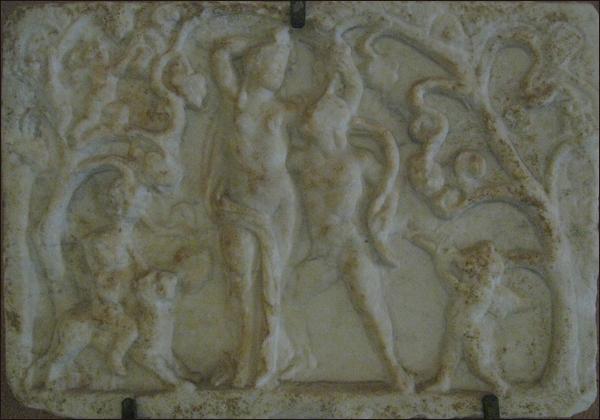
A plaque of a Bacchic scene, circa second or third century CE.

A statue of Artemis from the Roman Period (first to forth century CE).
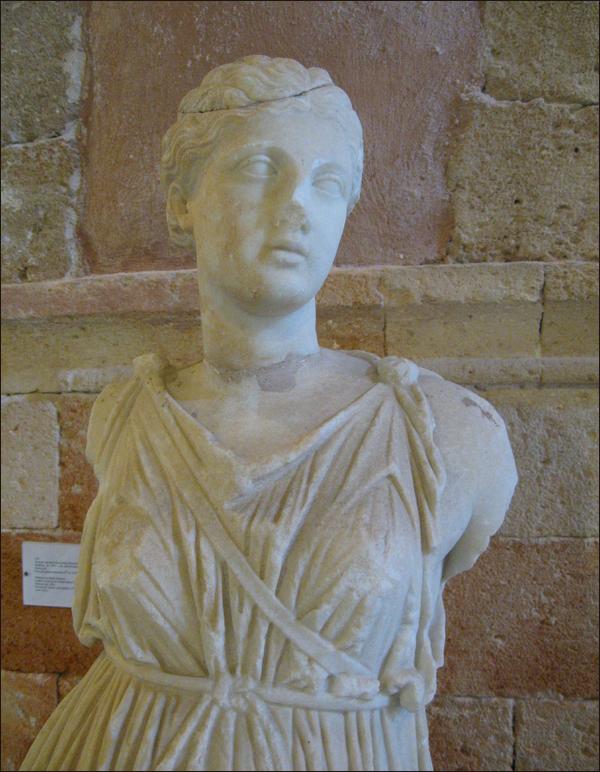
A close-up of the above statue of Artemis.
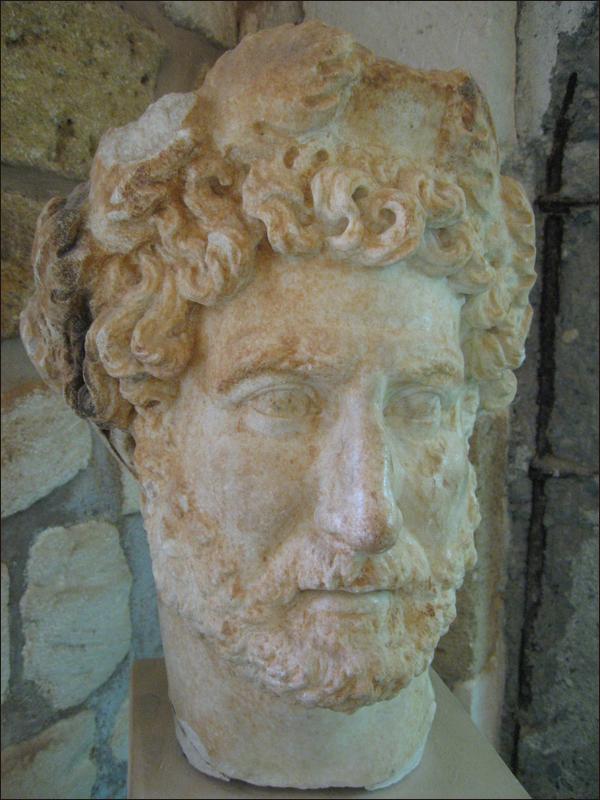
The Roman emperor Hadrian (117-138 CE).

A lekythos found on a woman's grave showing the abduction of Europa by Zeus disguised as a bull.
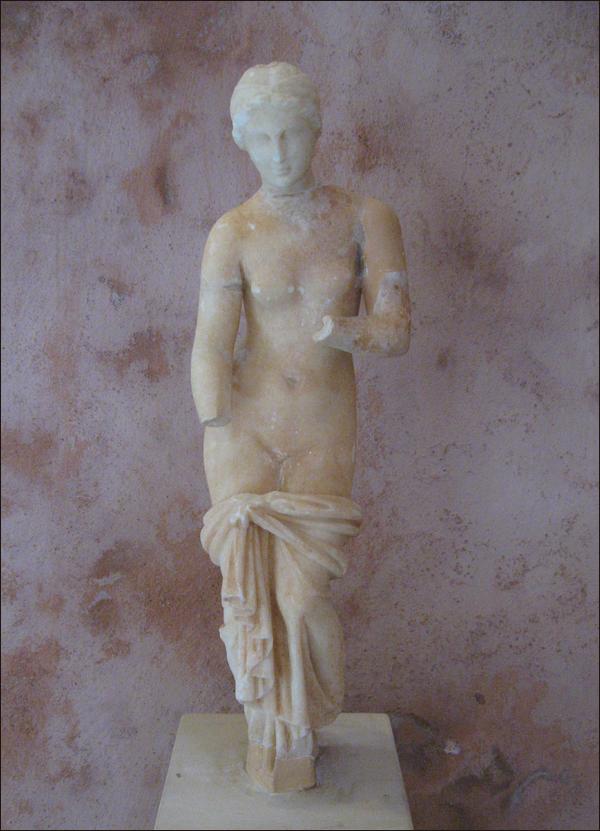
A small statue of Aphrodite from the second century BCE. Found in Khania in 1905 CE.

A mosaic of Poseidon and Amymone.
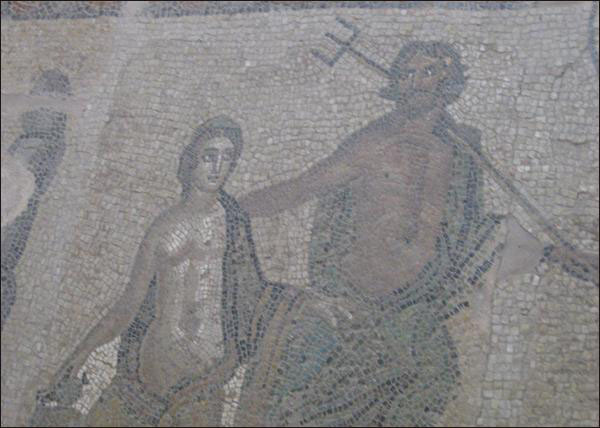
A close-up of the above mosaic of Poseidon and Amymone.
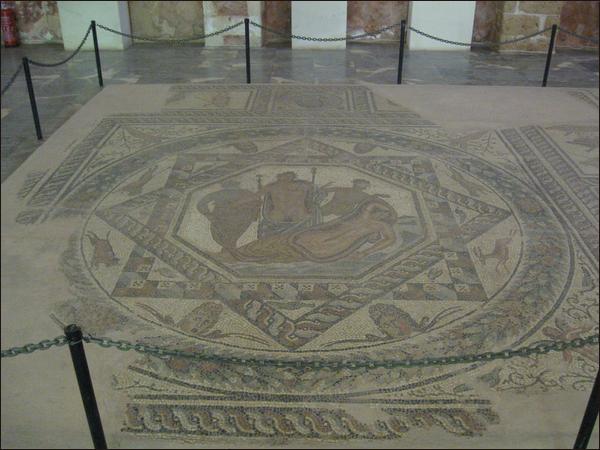
A mosaic of Dionysos and Ariadne.

A close-up of the mosaic of Dionysos and Ariadne pictured above.
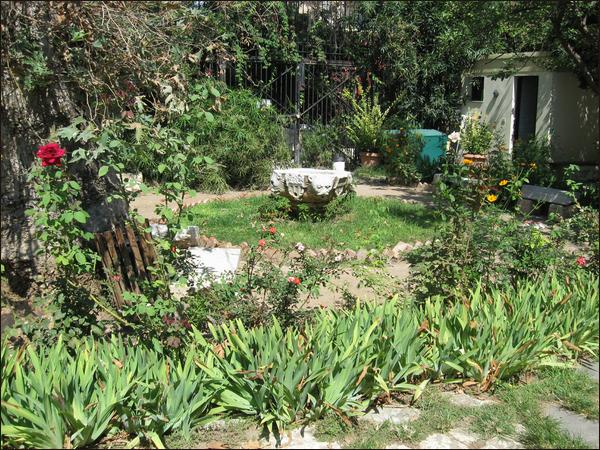
The courtyard adjoining the museum.